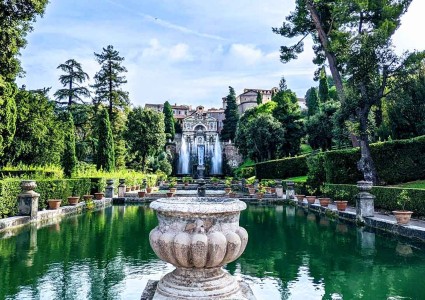
7-hour tour with transfer
Partially accessible
kid-friendly tour
A personal driver will transfer you to Tivoli, about an hour’s drive from Rome, to visit Hadrian’s Villa and Villa d’Este with your private guide.
Villa Adriana, also known as Hadrian's Villa, was constructed as a retreat for the Roman Emperor Hadrian during the 2nd century AD. This archaeological complex is made up of several buildings that reflect the culture of the Ancient world at that time. Your guide will explain the history of the complex as well as the importance of the architecture that still exists today. The highlights you can’t miss: the Canopus, the Maritime Theater and the monumental baths.
In the afternoon, after a quick lunch in the historical center of Tivoli, we will visit Villa d’Este, constructed in the 16th century by Cardinal Ippolito II d’Este. Its impressive baroque style fountains and terraced hillside gardens make it the UNESCO World Heritage site that it is today. Your guide will explain the history of the Villa, as well as the importance of the architecture that is still visible today. Upon request, it is possible to extend the experience with a lunch at the end of the tour. It is also possible to separate the tour: Hadrian’s Villa (4-hour tour) and Villa d’Este (4-hour tour). At the end of the tours, you’ll be transferred back to your hotel in the heart of Rome.
Some of the most representative pictures of this tour
Discover the main stops of this tour
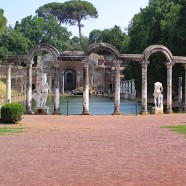
South of the baths in Hadrian’s Villa there is a valley with a long pond representing a branch of the Nile, surrounded by a impressive colonnade. It is better known as the Canopus: used by the emperor for summer banquets and nighttime parties, it gained its name from the Egyptian canal that connected the eponymous city of Canopus, home to a famous temple dedicated to Serapis, with Alexandria.
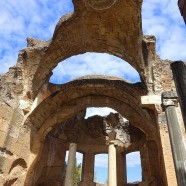
Located in the central part of the Villa, just northwest of the Canopus, a large part of their ruins remain making it easy to imagine what the rectangular rooms with concave ceilings looked like in ancient times. In fact, they resembled typical Roman baths of that epoch, with open paved courtyards and distinct rooms for various bathing activities, such as the palestras, the laconicums, the calidariums, the tepidariums and the frigidariums.
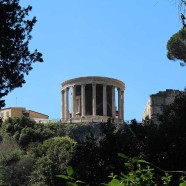
In ancient times the Acropolis of Tivoli stood on an inaccessible hill that was located on top of the underlying gorge of Villa Gregoriana. In this area, several temples of the Republican era stood, the most important of which were the Temple of Vesta and the Temple of the Sibyl, both still visible today.
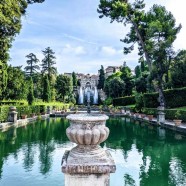
Collectively known as one of the most remarkable and thorough examples of Renaissance culture. The garden’s architectural components such as fountains and ornamental ponds make it a unique example of an Italian 16th-century garden. According to UNESCO’s statement, the garden in the Villa d’Este is one of the first wonder-gardens and became a model for the development of gardens all over Europe.
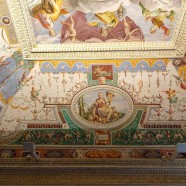
Upon entering the villa, one cannot fail to notice how rich it is in frescoes, grotesques, stucco decorations and elements that showcase the virtues, politics and the origin of the family buyer, the cardinal Ippolito d’Este. The frescoes represent various versions of the myth, but it is always directly connected to the legacy mythology of the owner’s ancestors in order to emphasize the prestige of the D’Este family.
Some useful information for your experience
Expert and licensed guide, entrance ticket, private transfer, full on-site assistance, sterilized earphones (from 5 people upwards).
Suggested start time: 9.30 am. Not available on Monday.